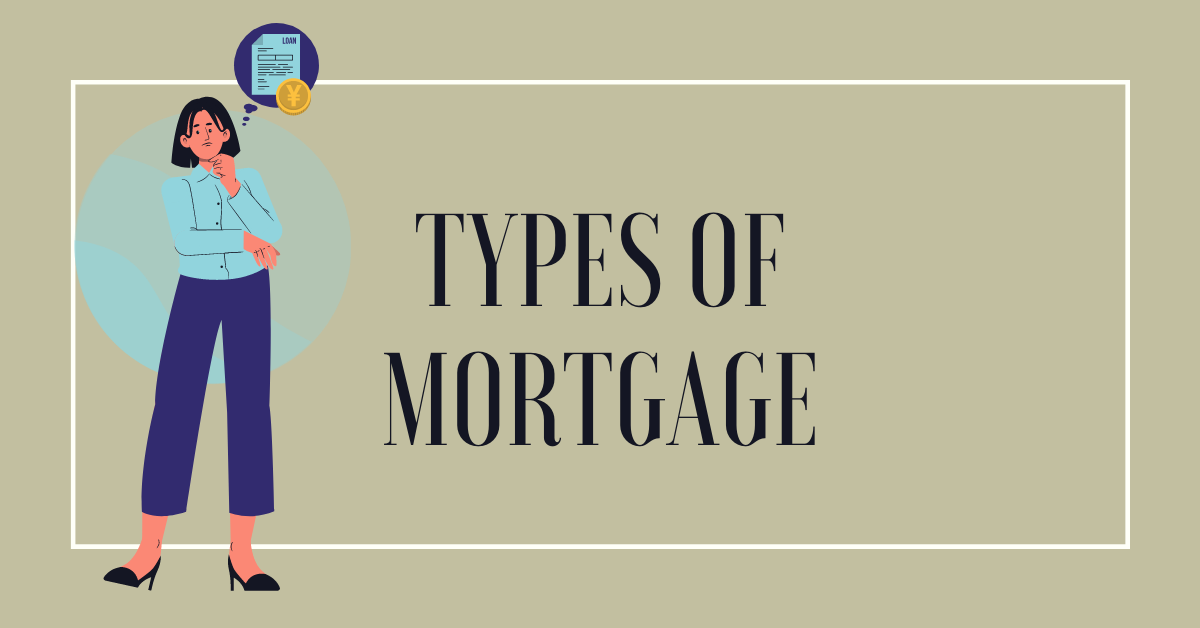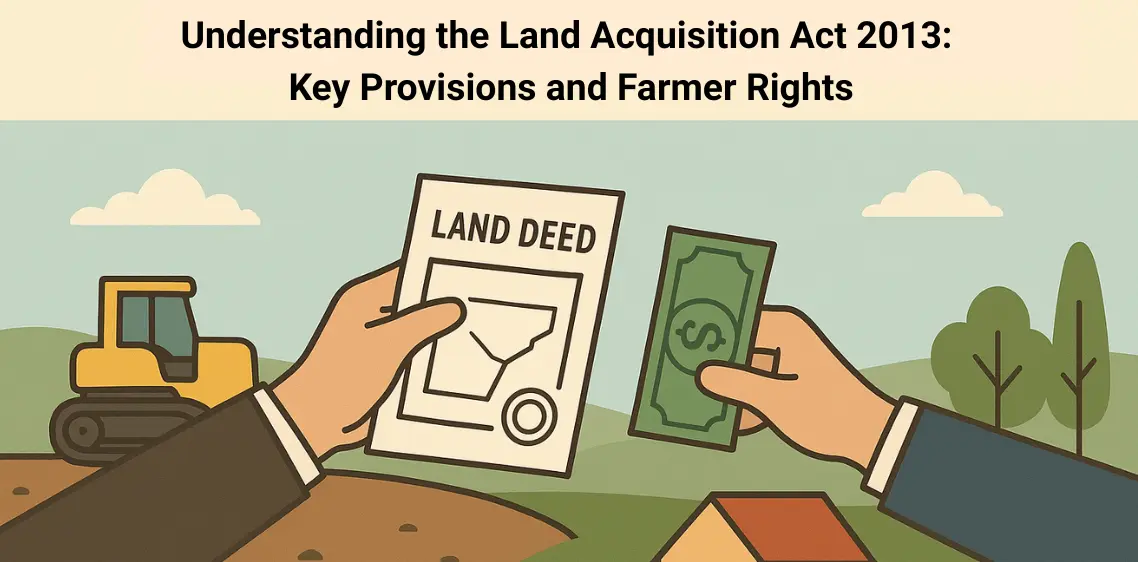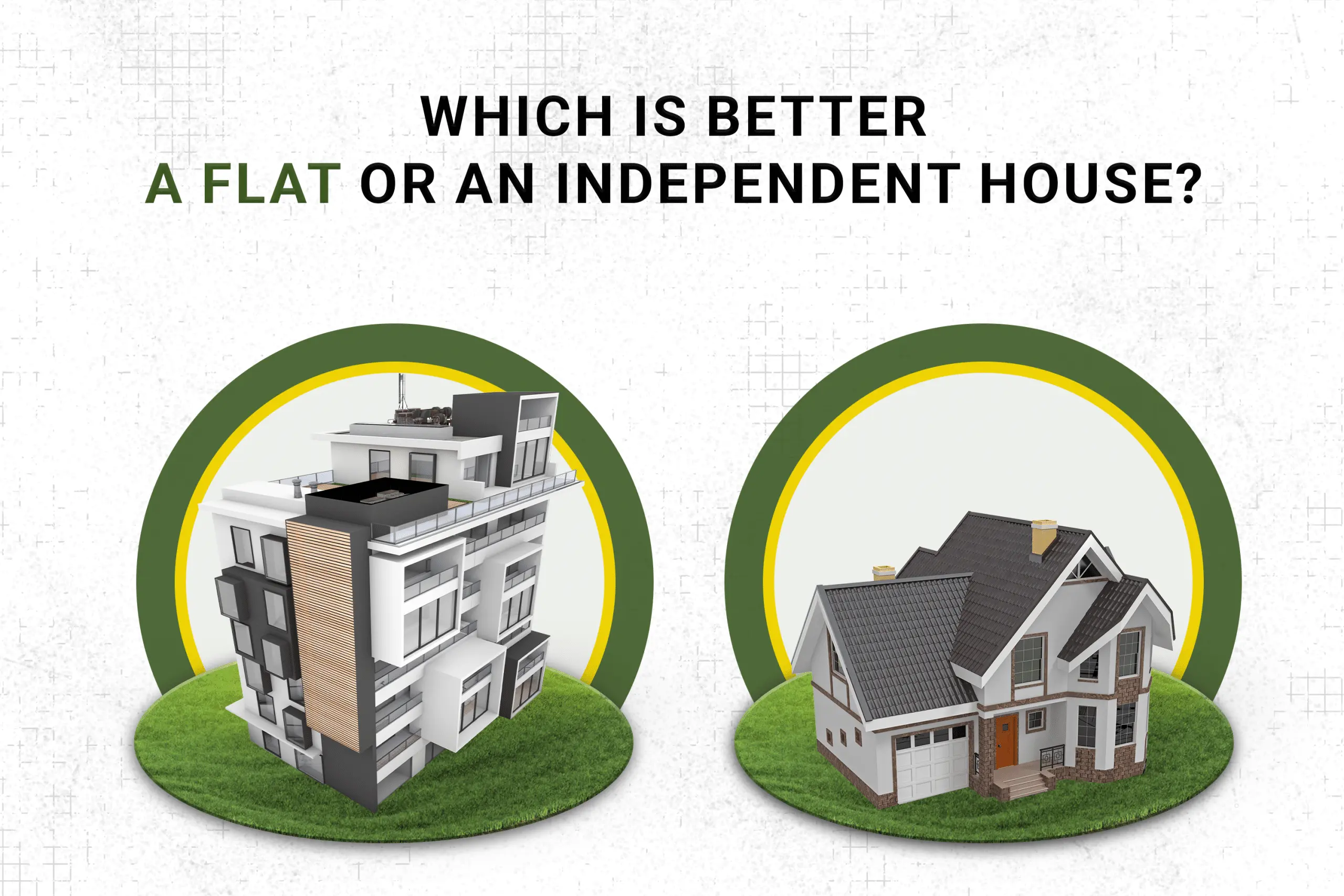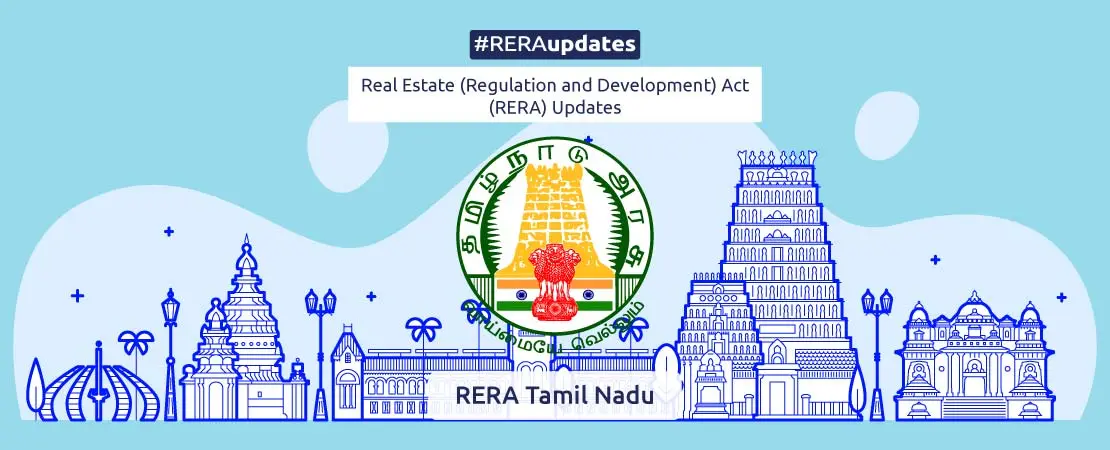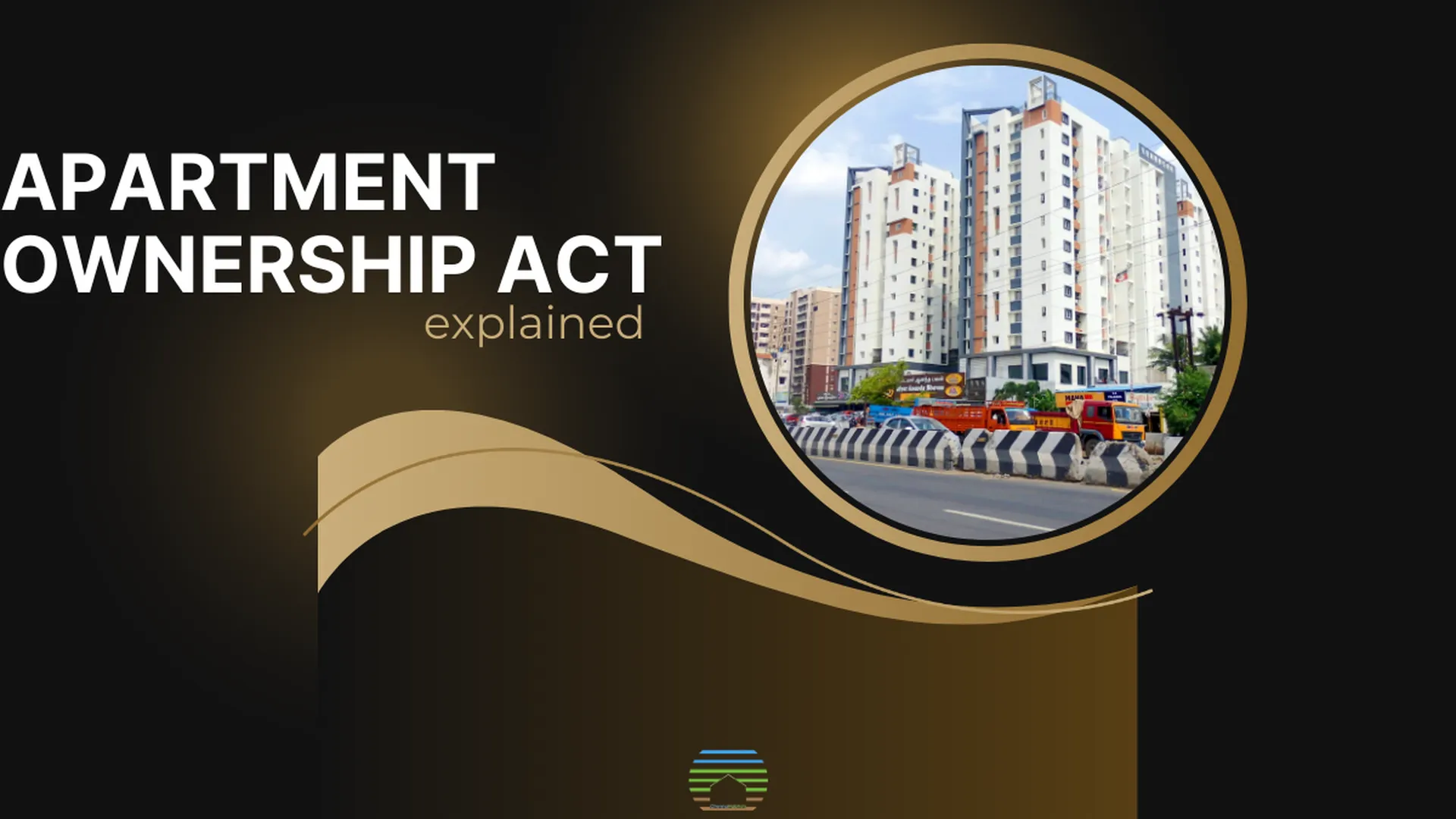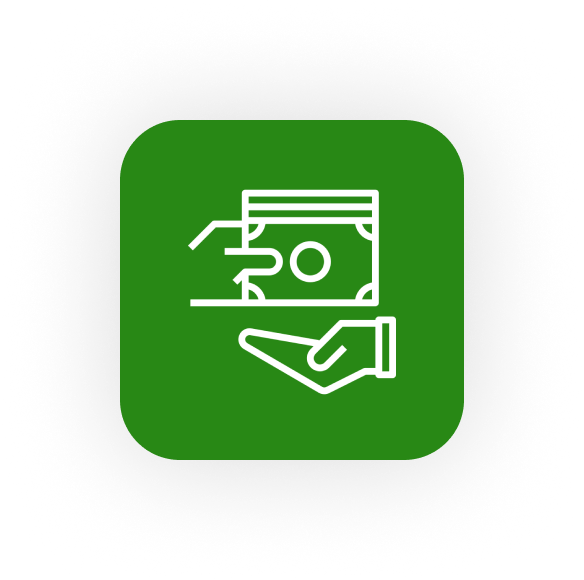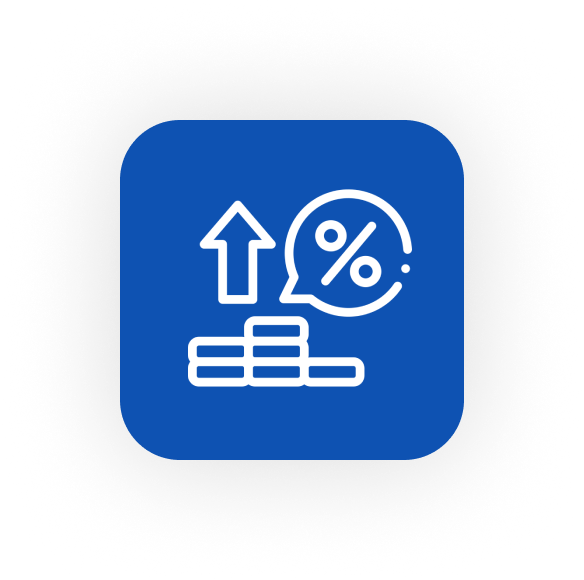Fixed-rate mortgage:
This type of mortgage has a fixed interest rate for the entire term of the loan, typically ranging from 10 to 30 years. Monthly payments remain constant, providing stability for budgeting.
Adjustable-rate mortgage (ARM):
ARM loans have an interest rate that adjusts periodically based on market conditions after an initial fixed period. This initial fixed period can range from one to ten years, after which the rate can change annually or even monthly.
Interest-only mortgage:
With an interest-only mortgage, borrowers only pay the interest on the loan for a certain period, usually five to ten years. After this period, payments increase to cover both principal and interest, often resulting in higher payments.
FHA loan:
Insured by the Federal Housing Administration, FHA loans are designed for low-to-moderate-income borrowers and typically require lower down payments and credit scores compared to conventional loans. They are popular among first-time homebuyers.
VA loan:
Guaranteed by the Department of Veterans Affairs, VA loans are available to eligible veterans, active-duty service members, and their spouses. They often require no down payment and have competitive interest rates.
USDA loan:
Offered by the U.S. Department of Agriculture, USDA loans are designed to help low-to-moderate-income borrowers in rural areas purchase homes. They typically require no down payment and offer low-interest rates.
Balloon mortgage:
Balloon mortgages feature lower initial payments for a fixed period, usually five to seven years, after which the entire remaining balance is due in a single "balloon" payment. Borrowers often refinance or sell the home before the balloon payment is due.
Jumbo mortgage:
Jumbo mortgages are loans that exceed the conforming loan limits set by Fannie Mae and Freddie Mac. They are typically used for high-value properties and require larger down payments and higher credit scores compared to conventional loans.
Reverse mortgage:
Available to homeowners aged 62 and older, reverse mortgages allow borrowers to convert part of their home equity into cash without selling their home. Repayment is typically not required until the borrower moves out of the home or passes away.
Conventional mortgage:
Conventional mortgages are not insured or guaranteed by the government. They typically require higher credit scores and larger down payments compared to government-backed loans but offer more flexibility in terms and requirements.
Hybrid ARM:
A hybrid ARM combines elements of fixed-rate and adjustable-rate mortgages. It typically has an initial fixed period followed by a period where the interest rate adjusts periodically.
| "Best Builder Floor Apartment in Chennai" |
Graduated payment mortgage (GPM):
GPMs feature lower initial payments that gradually increase over time. They are designed to accommodate borrowers whose income is expected to increase steadily over the years.
Assumable mortgage:
An assumable mortgage allows a buyer to take over the seller's existing mortgage, including its interest rate and terms. This can be advantageous if the existing mortgage has a lower interest rate than current market rates.
Buydown mortgage:
With a buydown mortgage, the borrower or seller pays additional points upfront to reduce the interest rate and monthly payments for the first few years of the loan. This can make homeownership more affordable initially.
Home equity loan (HEL):
Also known as a second mortgage, a home equity loan allows homeowners to borrow against the equity in their home. These loans typically have fixed interest rates and are used for large expenses such as home improvements or debt consolidation.
Each type of mortgage has its own advantages and disadvantages, so it's important to carefully consider your financial situation and goals before choosing one.
https://www.livehomes.in/blogs
